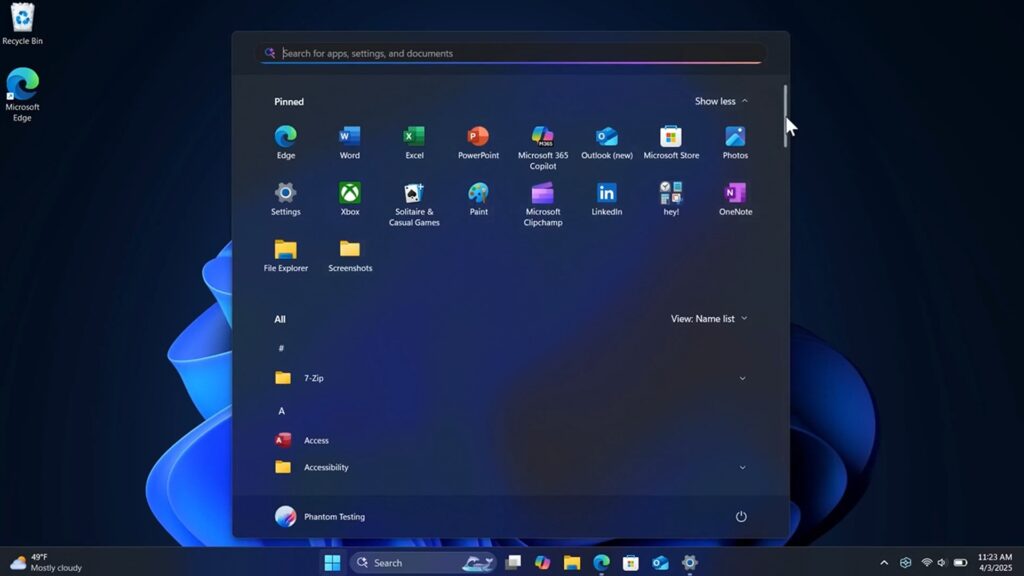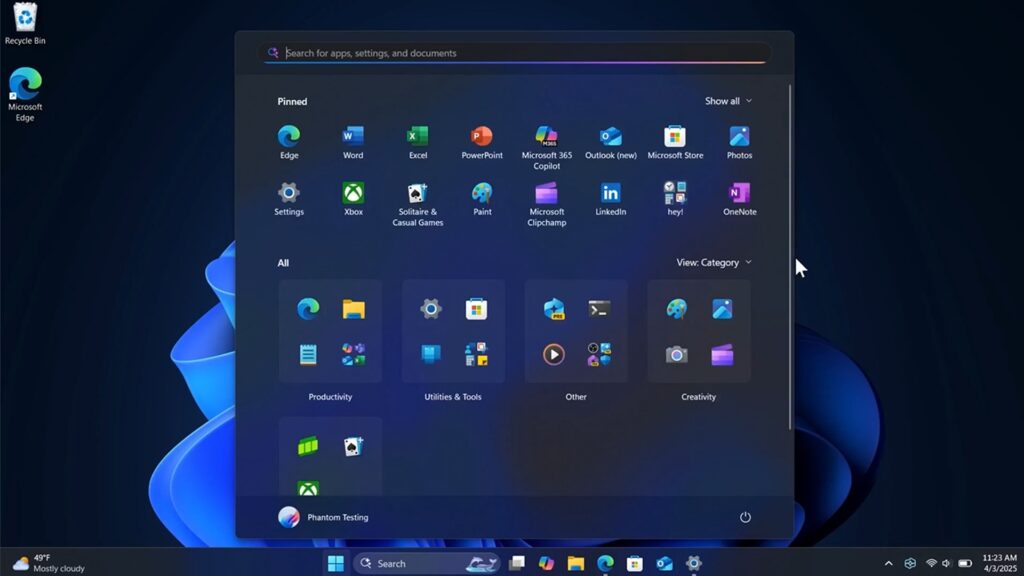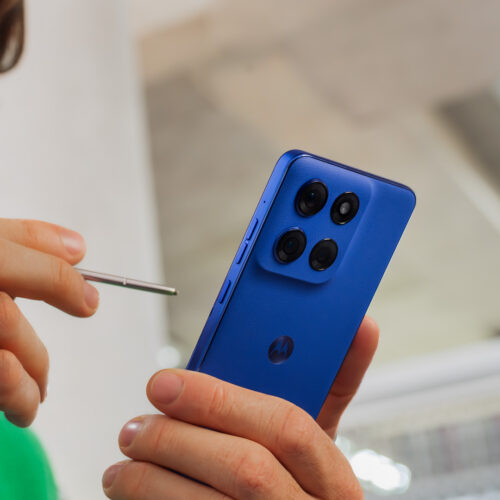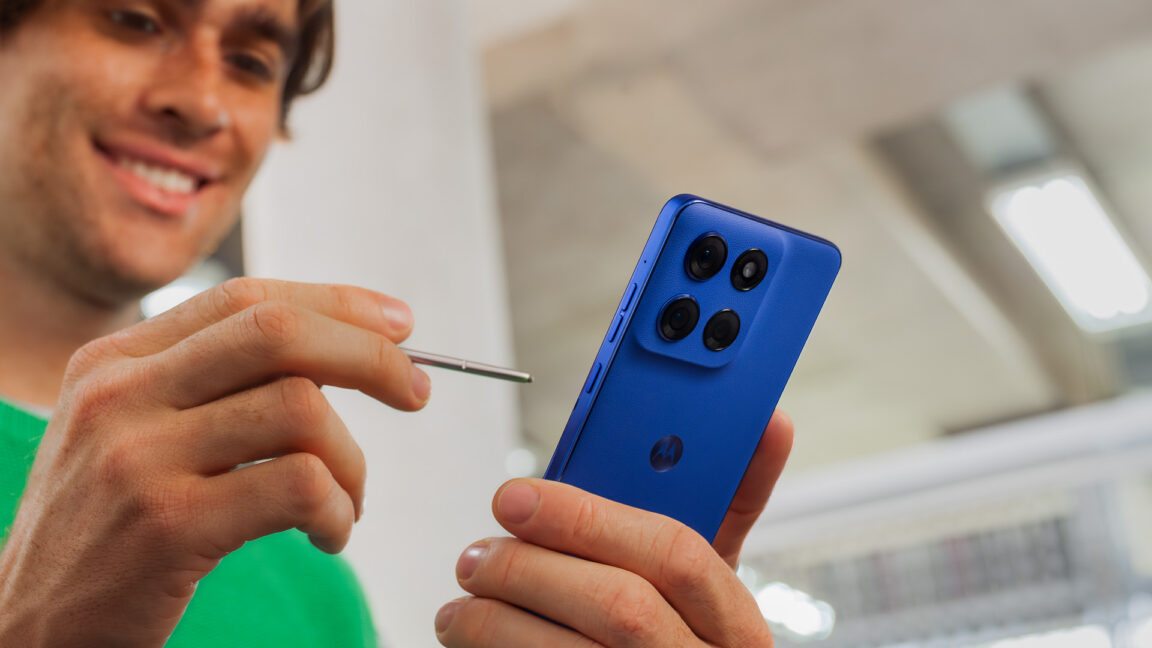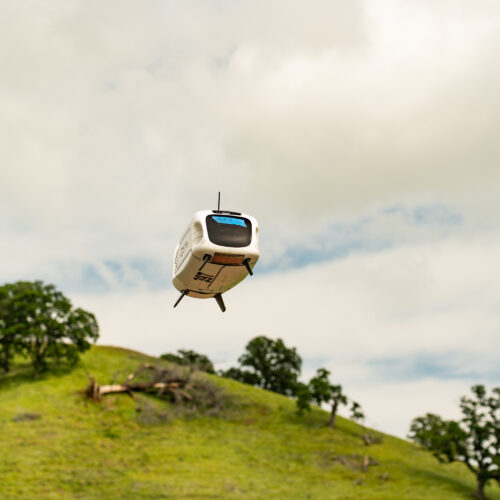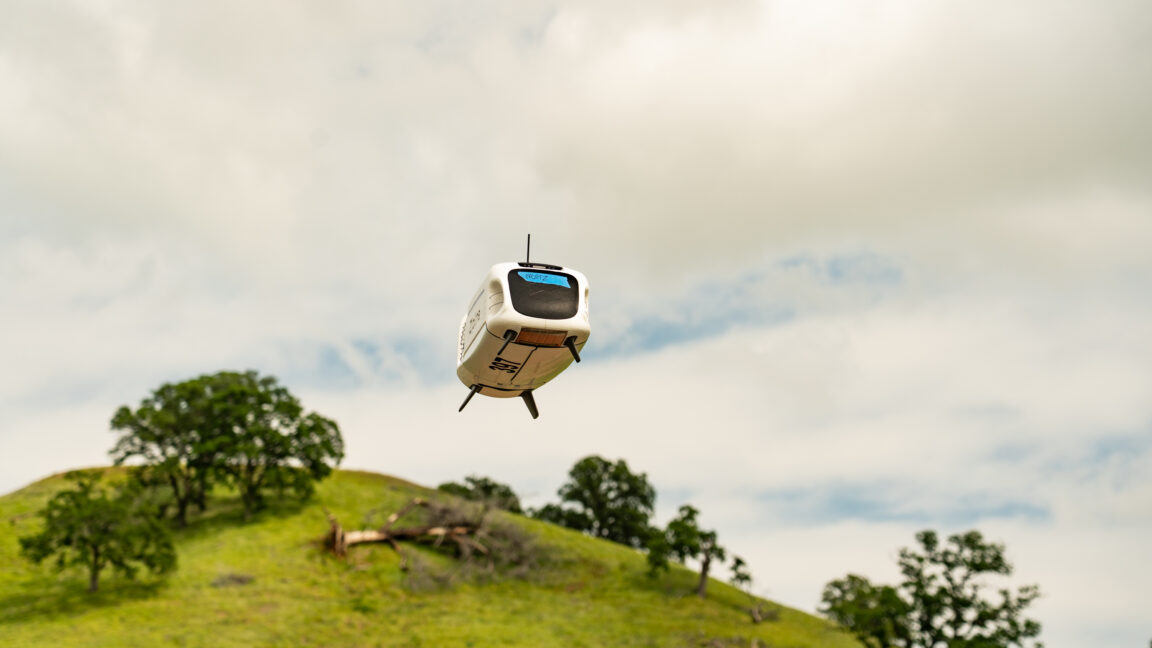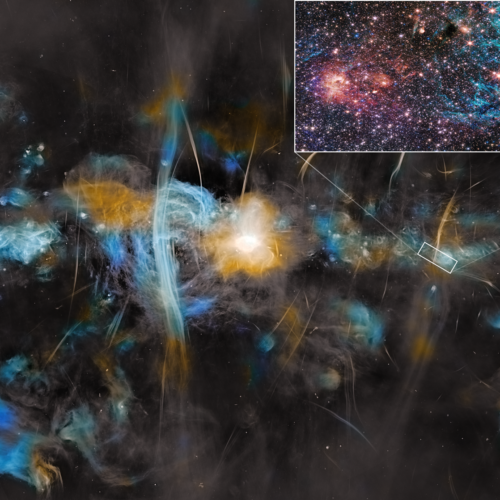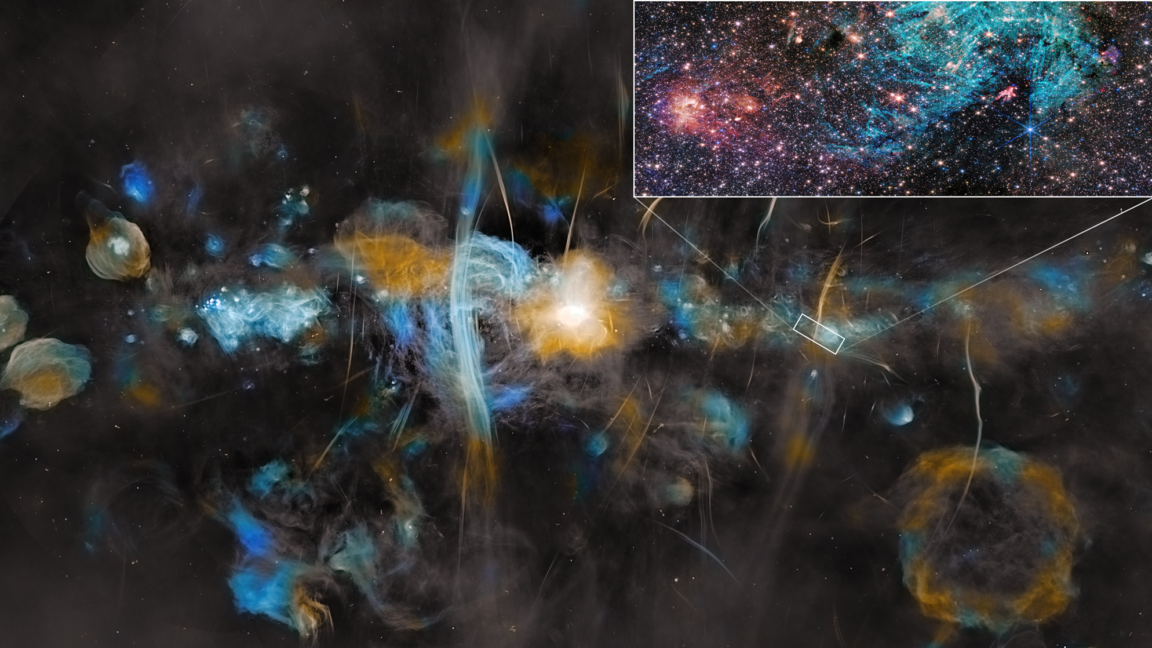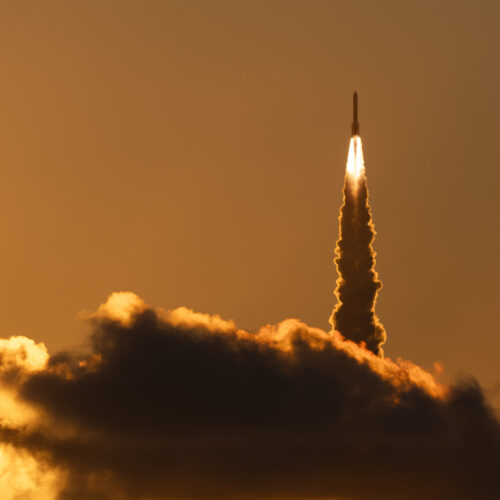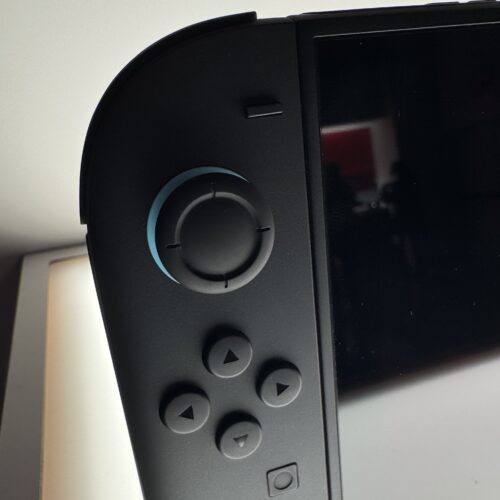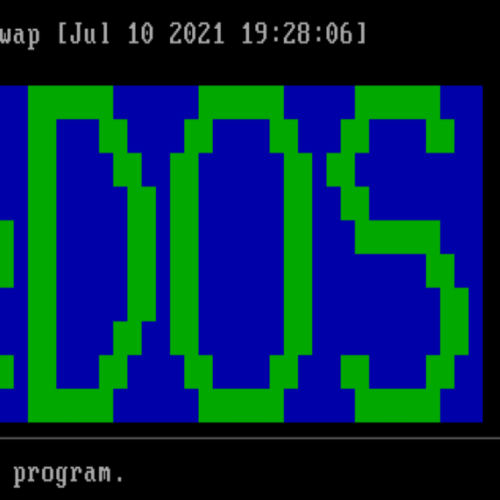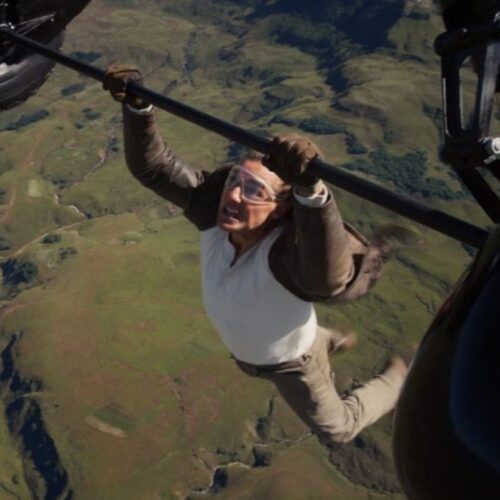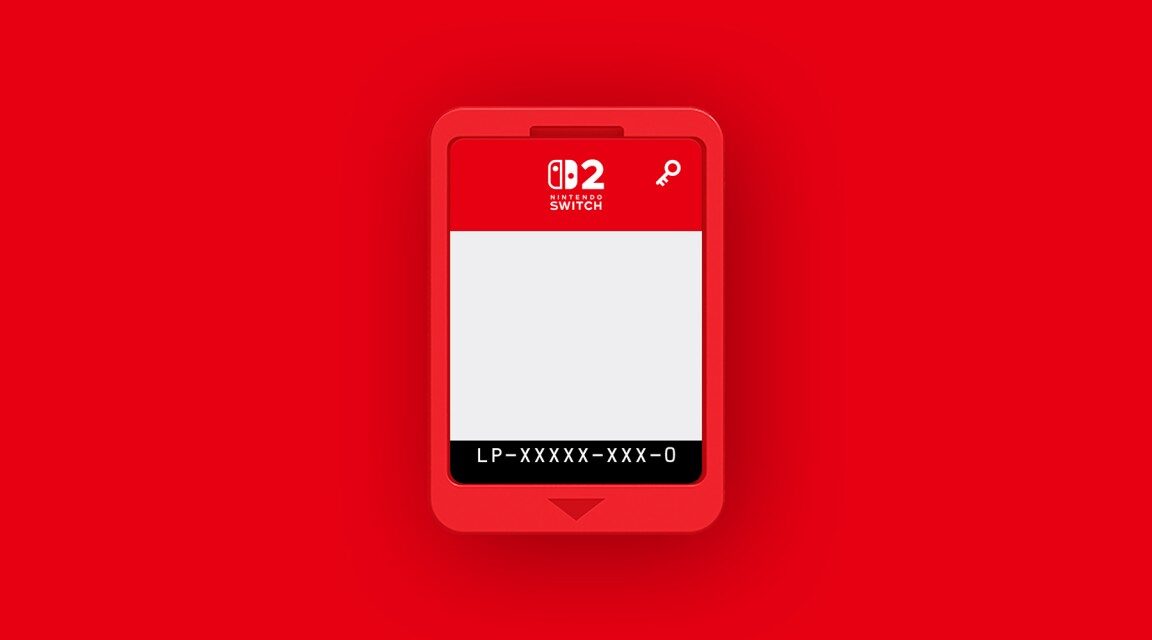97% of drivers want in-car payment system for tolls, parking, charging
Imagine having a well-designed payment app for your car's infotainment system that let you effortlessly pay for parking, road tolls, EV charging, or refueling. Such a concept found universal appeal among US drivers, according to a study by a market research company. But simplicity is key: The moment it gets difficult to register or use such an app, interest wanes and people prefer to pay for things the older-fashioned ways, DriveResearch found.
For instance, there was a high level of desire to be guided through the process of entering one's billing or credit card info into an in-car payment app. Seven in 10 participants said that they'd want such a thing to happen when the car is being delivered and while they're still in the "new car" mindset.
But most don't want to do that at a dealership: 77 percent also said they would prefer to register for in-car payments at home, via the phone or a computer, with only 67 percent wanting to use the car's infotainment screen and just over half (53 percent) saying it would be OK to use the automaker's connected car app.


© Getty Images
